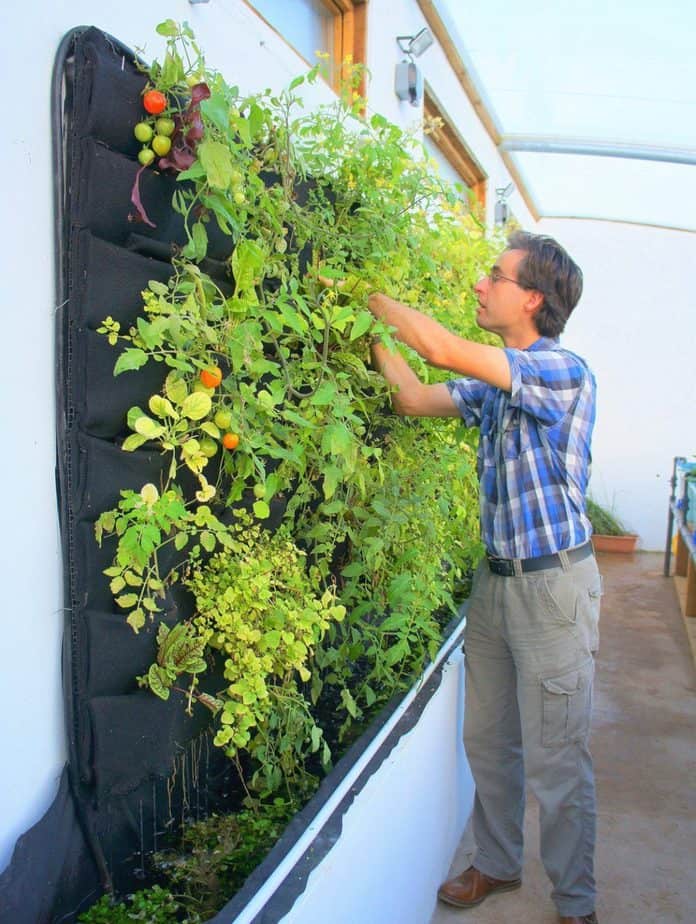
Seasonal Care for Vertical Gardens: Enhancing and Expanding Green Spaces
Introduction
Vertical gardens have become increasingly popular as innovative and space-efficient solutions for urban greening. These living walls not only enhance the aesthetic appeal of buildings but also offer numerous environmental benefits. However, ensuring the longevity and vitality of vertical gardens requires proper seasonal care. This article will delve into the rich historical background, explore key concepts, discuss important aspects, present compelling case studies, highlight current trends, address challenges, and present a future outlook regarding seasonal care for vertical gardens.
Historical Background
The practice of vertical gardening can be traced back to ancient civilizations, notably the Hanging Gardens of Babylon. Throughout history, vertical gardens have captivated people with their ability to bring greenery to limited spaces. Seasonal variations have always been a consideration in vertical garden maintenance, with different cultures adapting their techniques accordingly.
Key Concepts and Definitions
Vertical gardening refers to the practice of growing plants vertically, typically on walls or structures. Seasonal care encompasses the necessary actions taken to maintain the health and vitality of plants as they transition through different seasons. It includes various tasks such as pruning, fertilizing, and pest control, which play a crucial role in the overall well-being of vertical gardens.

Main Discussion Points
Seasonal Plant Selection and Planning
Selecting the right plants for each season is critical for the success of vertical gardens. Different plants thrive in different climates and light conditions, making appropriate species selection essential. Strategic planning of seasonal plant rotations ensures a continuous display of vibrant foliage throughout the year, maximizing the visual impact of vertical gardens.
Seasonal Maintenance Techniques
Pruning and trimming techniques vary depending on the season to promote healthy growth and maintain desired plant shapes. Soil and nutrient management should also be adjusted accordingly. Watering and irrigation practices need to be adapted to each season’s specific requirements, preventing both underwatering and overwatering.
Pest and Disease Control
Seasonal variations significantly impact the prevalence of pests and diseases in vertical gardens. Employing integrated pest management strategies, such as biological control and cultural practices, minimizes the need for chemical pesticides. Natural remedies and organic approaches are gaining popularity as sustainable alternatives for pest and disease control.

Case Studies or Examples
Numerous successful examples demonstrate the effectiveness of seasonal care practices in vertical gardens. Notable vertical gardens worldwide have implemented well-planned seasonal maintenance routines to ensure stunning displays year-round. Real-world case studies showcase the adaptability of vertical gardens to seasonal changes and highlight the positive impact of proper care on their longevity and performance.
Current Trends or Developments
Ongoing research focuses on optimizing seasonal care for vertical gardens, providing valuable insights into maintaining healthy green spaces in urban areas. Emerging technologies and tools, such as automated irrigation systems and sensor-based monitoring, revolutionize the efficiency of seasonal care. Moreover, the latest trends in vertical garden design and maintenance emphasize the importance of incorporating seasonal considerations into the overall planning process.
Challenges or Controversies
Controversies may arise surrounding certain seasonal care practices in vertical gardens, particularly related to the use of chemical pesticides. Vertical gardeners face unique challenges in different climates or regions, such as extreme temperatures or limited sunlight. Conflicting viewpoints exist regarding the effectiveness of specific techniques, highlighting the need for further research and experimentation.

Future Outlook
The future of seasonal care for vertical gardens holds tremendous potential for advancements. Continued research and innovation are expected to refine maintenance practices, resulting in even healthier and more sustainable green spaces. Technology will play a pivotal role in enhancing seasonal care efficiency and effectiveness, further streamlining maintenance tasks. Vertical gardening and its seasonal care are poised to continue growing in popularity as cities strive to incorporate nature into urban landscapes.
Conclusion
Seasonal care is a fundamental aspect of maintaining healthy and thriving vertical gardens. By understanding and implementing proper techniques, vertical gardeners can ensure the longevity and beauty of their green spaces. Selecting appropriate plants, employing suitable maintenance techniques, and implementing effective pest and disease control measures are essential. Staying informed about current trends, challenges, and future developments enables vertical gardeners to optimize the care they provide to their green walls and contribute to the greening of urban environments.
References
For further reading on seasonal care for vertical gardens, please refer to the following sources:
“Vertical Gardens: Nature in the City” by Dr. Patrick Blanc
“The Vertical Garden: From Nature to the City” by Gilles Clément and Patrick Blanc
“Gardening Vertically: 24 Ideas for Creating Your Own Green Walls” by Noémie Vialard
Websites: VerticalGardeningIdeas.com, Gardenista.com, and VerticalGardenings.com




